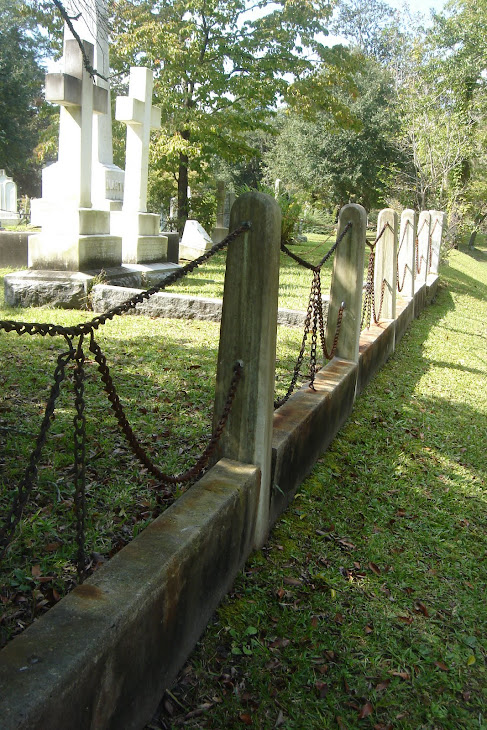Famous People Buried at Oakdale Cemetery
David Brinkely
Birth: Jul. 10, 1920
Wilmington
New Hanover County
North Carolina, USADeath: Jun. 12, 2003
Houston
Harris County
Texas, USA
Television Personality/Newscaster. Brinkley was born on July 18, 1920, in Wilmington, North Carolina. He was a main fixture on television for over 50 years including on NBC and ABC, beginning his career as a broadcaster in the 1940s. Appearing as a co-anchor with Chet Huntley on the news program, "The Huntley-Brinkley Report" from 1956 to 1970, and "This Week With David Brinkley" from 1982 until he retired in 1997. In 1992 he won the George Foster Peabody Award for his report on the 50th anniversary of the Japanese attack on Pearl Harbor on December 7, 1941, during World War II. He also appeared as a narrator on the 1961 film, "The Challenge of Ideas" and as himself in an episode of, "The Jack Benny Program" on September 25, 1964. He was well-known to television audiences as a news analyst for his terse, biting comments and dry wit. He was also the recipient of two more George Foster Peabody Awards, 10 Emmy Awards, and the Presidential Medal of Freedom, the highest civilian honor. In 1995 he wrote his memoirs, "11 Presidents, 4 Wars, 22 Political Conventions, 1 Moon Landing, 3 Assassinations, 2,000 Weeks Of News, and Other Stuff On Television." He retired from broadcasting in 1997. He died June 11, 2003, at the age of 82, after a fall at his home in Houston, Texas. (bio by: K)
Family links:
Parents:
William Graham Brinkley (1875 - 1928)
Mary West Brinkley (1879 - 1966)
Search Amazon for David Brinkley Burial:
Oakdale Cemetery
Wilmington
New Hanover County
North Carolina, USA
Maintained by: Find A Grave
Record added: Jun 12, 2003
Find A Grave Memorial# 7567008
Wilmington
New Hanover County
North Carolina, USADeath: Jun. 12, 2003
Houston
Harris County
Texas, USA
Television Personality/Newscaster. Brinkley was born on July 18, 1920, in Wilmington, North Carolina. He was a main fixture on television for over 50 years including on NBC and ABC, beginning his career as a broadcaster in the 1940s. Appearing as a co-anchor with Chet Huntley on the news program, "The Huntley-Brinkley Report" from 1956 to 1970, and "This Week With David Brinkley" from 1982 until he retired in 1997. In 1992 he won the George Foster Peabody Award for his report on the 50th anniversary of the Japanese attack on Pearl Harbor on December 7, 1941, during World War II. He also appeared as a narrator on the 1961 film, "The Challenge of Ideas" and as himself in an episode of, "The Jack Benny Program" on September 25, 1964. He was well-known to television audiences as a news analyst for his terse, biting comments and dry wit. He was also the recipient of two more George Foster Peabody Awards, 10 Emmy Awards, and the Presidential Medal of Freedom, the highest civilian honor. In 1995 he wrote his memoirs, "11 Presidents, 4 Wars, 22 Political Conventions, 1 Moon Landing, 3 Assassinations, 2,000 Weeks Of News, and Other Stuff On Television." He retired from broadcasting in 1997. He died June 11, 2003, at the age of 82, after a fall at his home in Houston, Texas. (bio by: K)
Family links:
Parents:
William Graham Brinkley (1875 - 1928)
Mary West Brinkley (1879 - 1966)
Search Amazon for David Brinkley Burial:
Oakdale Cemetery
Wilmington
New Hanover County
North Carolina, USA
Maintained by: Find A Grave
Record added: Jun 12, 2003
Find A Grave Memorial# 7567008
John Dillard Bellamy
Birth: Mar. 24, 1854
Wilmington
New Hanover County
North Carolina, USADeath: Sep. 25, 1942
Wilmington
New Hanover County
North Carolina, USA
US Congressman. Bellamy was a member of the North Carolina State senate from 1900 to 1902. He served as a U.S. Representative from North Carolina from 1899 to 1903. (bio by: Evening Blues)
Family links:
Spouse:
Emma May Hargrove Bellamy (1857 - 1944)*
Children:
Eliza M Bellamy Williamson (1877 - 1969)*
*Calculated relationship
Search Amazon for John Bellamy Burial:
Oakdale Cemetery
Wilmington
New Hanover County
North Carolina, USA
Maintained by: Find A Grave
Originally Created by: Evening Blues
Record added: Nov 07, 2003
Find A Grave Memorial# 8067171
Wilmington
New Hanover County
North Carolina, USADeath: Sep. 25, 1942
Wilmington
New Hanover County
North Carolina, USA
US Congressman. Bellamy was a member of the North Carolina State senate from 1900 to 1902. He served as a U.S. Representative from North Carolina from 1899 to 1903. (bio by: Evening Blues)
Family links:
Spouse:
Emma May Hargrove Bellamy (1857 - 1944)*
Children:
Eliza M Bellamy Williamson (1877 - 1969)*
*Calculated relationship
Search Amazon for John Bellamy Burial:
Oakdale Cemetery
Wilmington
New Hanover County
North Carolina, USA
Maintained by: Find A Grave
Originally Created by: Evening Blues
Record added: Nov 07, 2003
Find A Grave Memorial# 8067171

























